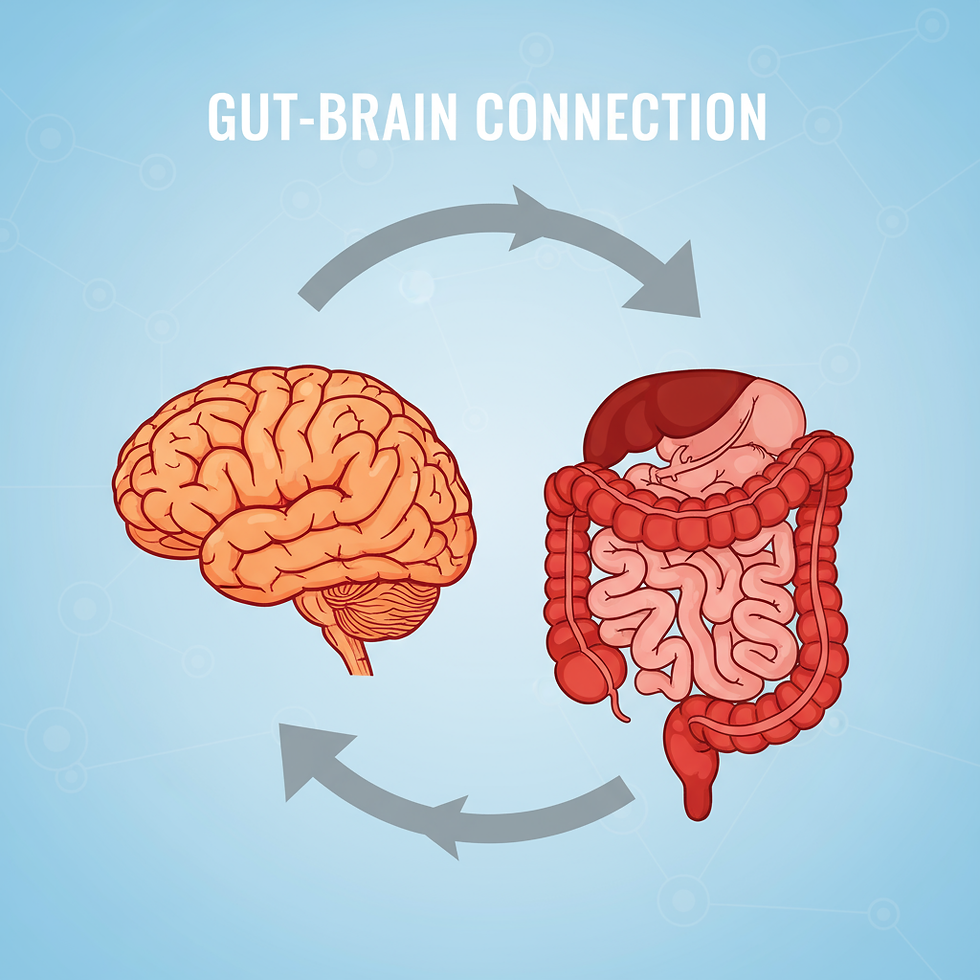Dancing: Humanity’s Timeless Medicine for Body, Mind, and Soul
- Dr. Collins

- May 20
- 3 min read
Since the dawn of civilization, dance has been much more than just movement–it is a universal language, a sacred ritual, and a profound healer. From the ancient 12,000-year-old ceremonies at Göbekli Tepe to the pulsating energy of today’s Electronic Dance Music (EDM) festivals, dance has woven itself into the fabric of human culture as a cornerstone of connection, resilience, and joy. It is a medicine that nurtures the body, uplifts the mind, and soothes the soul.
Dance transcends time and geography, uniting people across cultures and generations. It is a celebration of life and a powerful tool for healing trauma, fostering social bonds, and promoting longevity. Science now confirms what our ancestors instinctively knew: dancing is essential for holistic health.
The Science Behind Dance’s Healing Power: Physical and Cognitive Vitality
Regular dance practice is a full-body workout that enhances muscular strength, balance, and flexibility. For older adults, dancing reduces the risk of falls by improving reaction times and coordination. Beyond the physical, dance is a brain booster; lifelong dancers display increased hippocampal volume and better memory retention, which helps delay cognitive decline and lowers dementia risk.
On a cellular level, dance influences DNA methylation patterns, promoting healthy aging and reducing inflammation. This means dance doesn’t just make us feel good; it helps us stay younger at the molecular level.

Emotional and Social Wellbeing
Dance is a profound form of somatic therapy. Trauma survivors who engage in dance/movement therapy often experience improved nervous system regulation and a renewed sense of bodily autonomy. The act of moving through rhythm and space allows suppressed emotions to surface and release, fostering deep healing that words alone cannot achieve.
Socially, partner dances like Tango and Swing build trust, communication, and connection, vital components for mental health. Meanwhile, the communal energy of EDM and rave culture creates tribal-like bonds, reducing feelings of isolation and elevating mood through shared ecstatic experience.
Dance as Rehabilitation and Inclusivity
Tailored dance programs accelerate physical rehabilitation for stroke and Parkinson’s patients by improving motor skills and confidence. Dance therapy is remarkably adaptable, modified to suit wheelchair users, individuals with chronic pain, and those with sensory needs-making it an inclusive practice that welcomes all bodies and abilities.
The Cultural Heartbeat of Dance
Dance is humanity’s oldest ritual. From the communal carvings of Göbekli Tepe to Indigenous ceremonies around the world, dance preserves cultural identity and collective memory. In modern times, dance forms like disco, hip-hop, and EDM have served as acts of resistance and joy, empowering marginalized communities to reclaim space and express freedom.
The Biomechanics of Grace and Power
Dance is a delicate balance of artistry and athleticism. Ballet dancers, for example, endure extraordinary physical demands—feet absorbing pressures up to 700 psi during jumps, requiring precise biomechanics to prevent injury. Latin dancers exhibit enhanced joint stability, reducing risks during complex movements. EDM dancers channel high-tempo beats into full-body acceleration, releasing trapped energy and stress.
Understanding these biomechanics helps dancers optimize performance and maintain long-term health, highlighting dance as both a sport and an art form.
EDM (Electronic Dance Music): The Modern Healing Pulse

Electronic Dance Music is more than a soundtrack—it is a therapeutic force. Its repetitive rhythms induce trance-like states that help listeners release tension, reduce stress, and elevate mood. EDM’s immersive sensory experience creates Temporary Autonomous Zones where self-transformation and emotional catharsis occur.
Research shows EDM fans often turn to this music during times of sadness or anxiety, finding solace in its euphoric beats and communal spirit. The culture of PLUR (Peace, Love, Unity, Respect) at EDM events fosters acceptance and belonging, crucial for mental health and identity formation.
Partner vs. Solo Dance: Different Paths to Healing
Aspect | Partner Dance (Tango, Swing) | Solo Dance (EDM, Contemporary) |
Social Connection | High-trust-building, eye contact | Moderate-communal energy |
Cognitive Focus | Split attention (self + partner) | Deep internal awareness |
Physical Demand | Coordination, balance | Full-body control, flexibility |
Both forms offer unique benefits, yet all dance carries the power to transform and heal.
Conclusion: Dance as Our Timeless Medicine
Dance is humanity’s oldest medicine—a fusion of art, science, and rebellion. Every style, from the intimate embrace of Argentine Tango to the collective euphoria of EDM, carries millennia of cultural DNA. At its core, dance is about community: moving together turns individual joy into collective power, healing trauma, and bridging generations.
In a world that often feels fragmented and fast-paced, dance invites us to slow down, connect deeply with ourselves and others, and celebrate the sheer miracle of being alive. It reminds us that movement is not just physical, it is a profound expression of our humanity.
So, whether you step onto a ballroom floor, sway at a festival, or simply move freely in your living room, remember: you are partaking in a timeless healing ritual that has nurtured body, mind, and soul for thousands of years. Dance on.




Comments